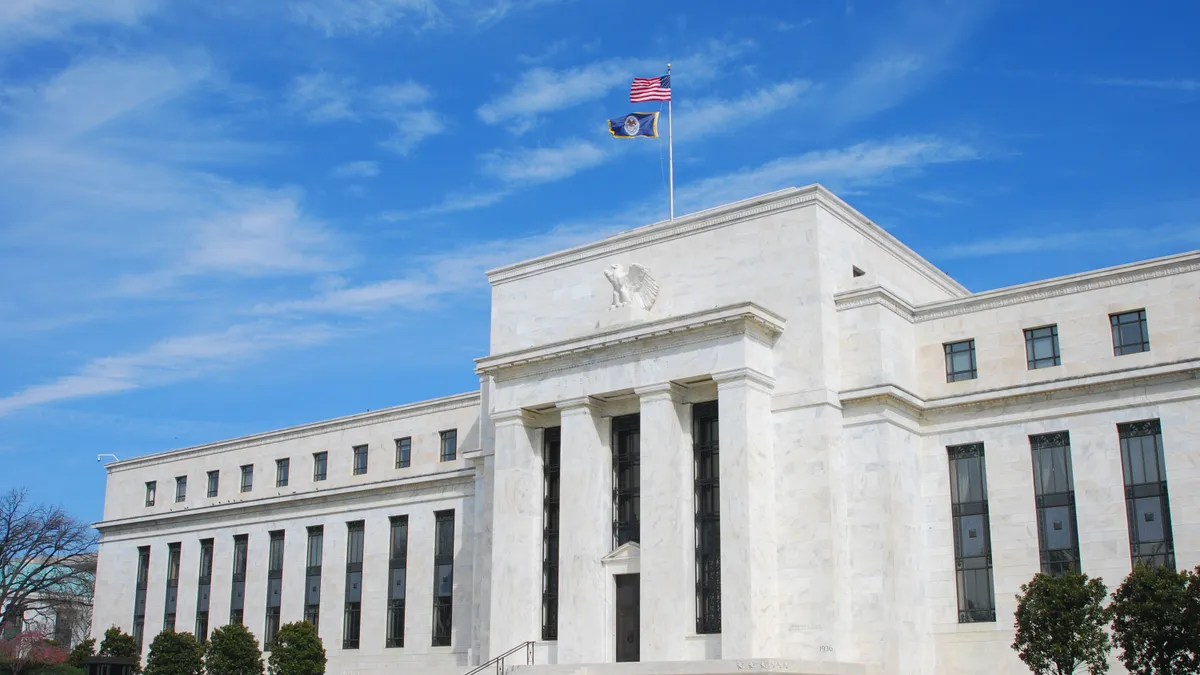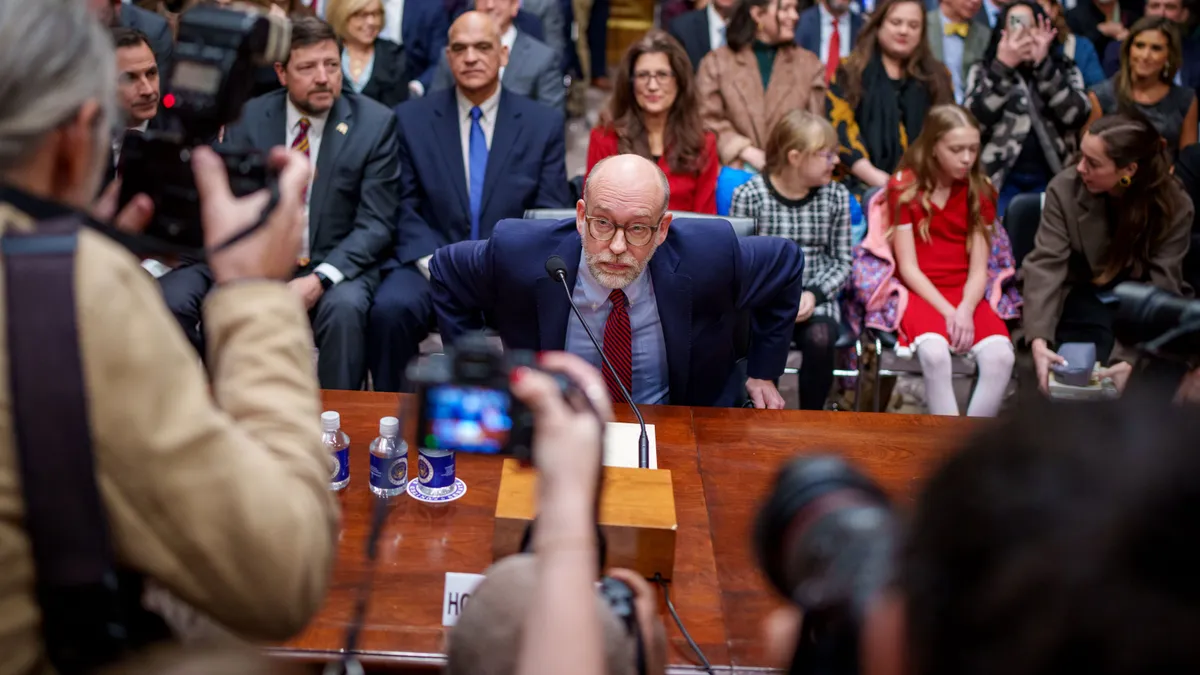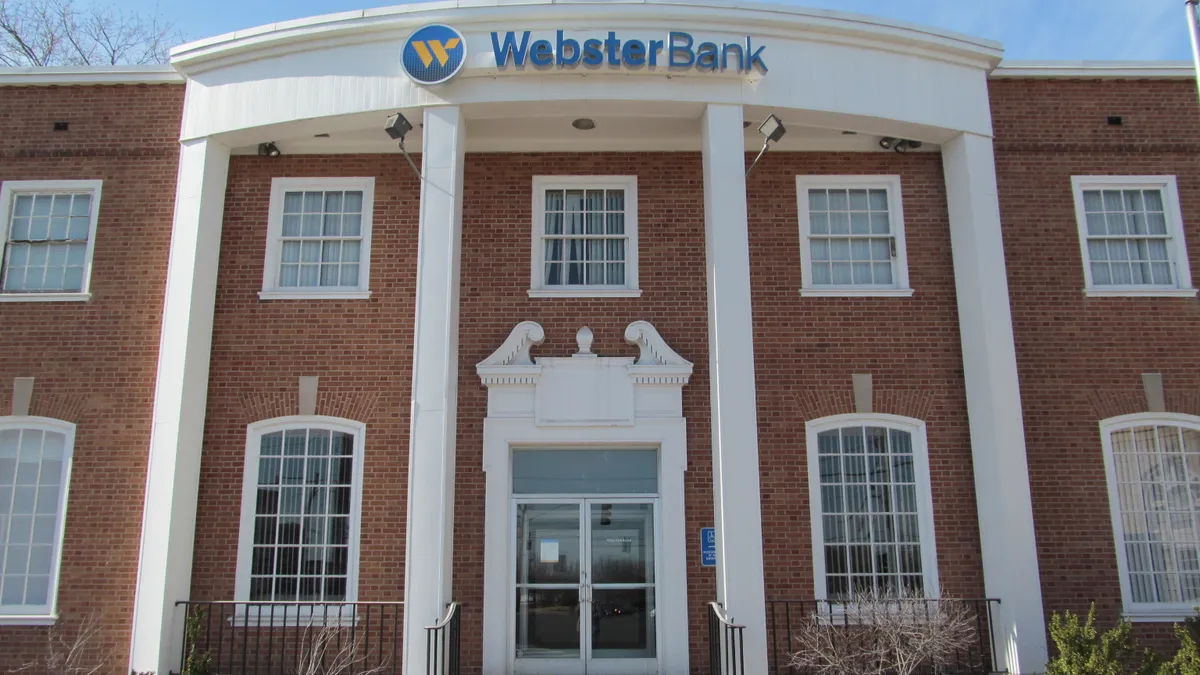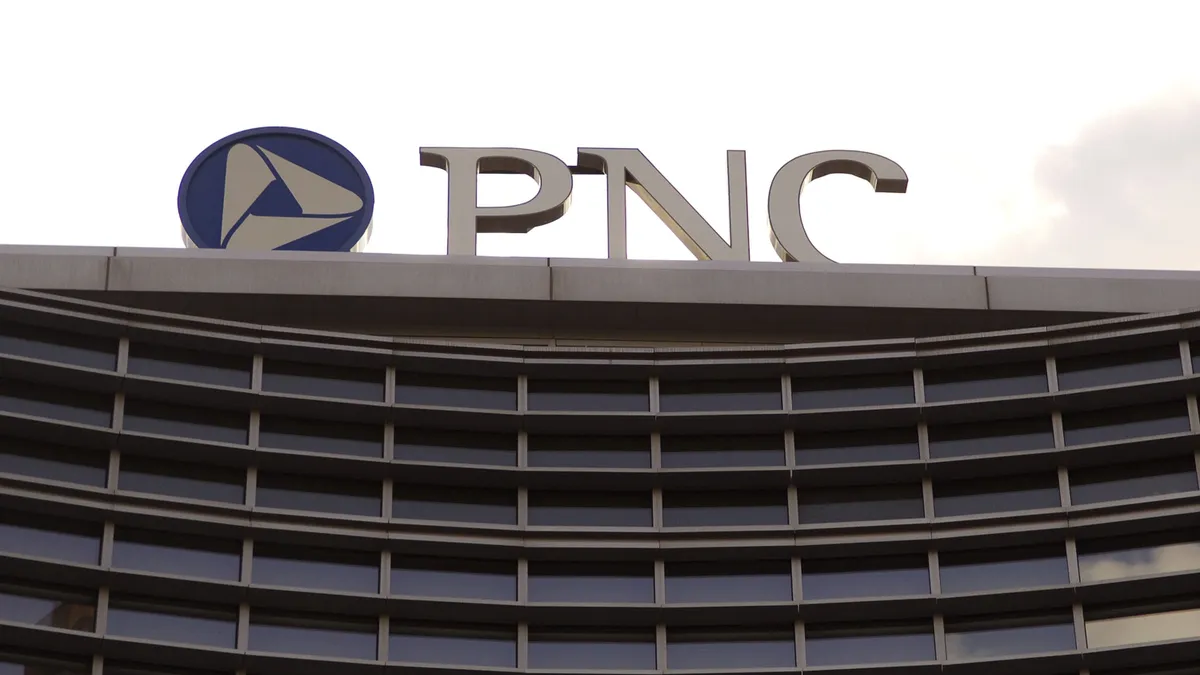If the regional banking sphere seems ill at ease in these first days of 2024, perhaps it’s because no one yet knows what this year will be.
Who could have predicted at this point 12 months ago that 2023 would be the year that Signature, First Republic and Silicon Valley Bank would fail and that confidence in regional banks would tank?
To forecast from fourth-quarter results may unnecessarily brand the sector with a false negative. Profits at Dallas-based Comerica, for example, dropped 90% compared with the fourth quarter of 2022. Ditto, KeyBank — down 90%. For Citizens Bank, the drop was 70%. Zions, PNC and Fifth Third saw slumps of 50%, 40% and 30%, respectively.
The fourth quarter, after all, was when each of these banks chose to factor in their special assessment fees from the Federal Deposit Insurance Corp., replenishing the agency’s Deposit Insurance Fund after the SVB and Signature failures. In short, banks knew the quarter would be off.
NYCB
However, one need only look at the acquirer of one of the failed banks’ assets to see a warning. Shares of New York Community Bank, whose subsidiary Flagstar purchased a sizable portion of Signature’s remains, fell 46% at one point Wednesday, after the bank reported a surprise $252 million loss. The bank also cut its quarterly dividend to 5 cents per share, from 17 cents.
“We recognize the importance and impact of the dividend reduction on all of our stockholders, and it was not made lightly,” the bank’s CEO, Thomas Cangemi, said in a statement Wednesday. “We believe this is the prudent decision as it will allow us to accelerate the building of capital to support our balance sheet as a Category IV bank.”
By the same measure, NYCB tried its hardest to emphasize the positive. The headline to Wednesday’s press release referenced the bank’s “record results for 2023.” Then again, one might expect, if a bank makes a deal that boosts its assets by nearly 50%, that would produce a net gain, provided the measuring stick is long enough.
NYCB’s fourth-quarter net charge-offs stemmed mostly from two loans, Bloomberg reported. One was a co-op loan with pre-funded capital expenditures. The borrower wasn’t in default, but the loan was transferred to held-for-sale status, the bank said. That loan is expected to be sold this quarter.
The second was an office loan that became non-accrual based on an updated valuation, the bank said. “Given the impact of recent credit deterioration within the office portfolio, we determined it prudent to increase the allowance for credit losses coverage ratio,” NYCB said.
Other acquirers
Raleigh, North Carolina-based First Citizens Bank, which acquired much of Silicon Valley Bank, said Friday that the loan pipeline for SVB's unit serving private equity and venture capital funds grew by about 40% during the fourth quarter by retaining existing customers and attracting new ones, American Banker reported.
However, growth in so-called “global fund banking” will be “pressured" by a slowdown in private equity and venture capital as more loans are paid off, First Citizens CFO Craig Nix said.
At the same time, “the innovation economy continues to go through … its own downturn," Marc Cadieux, president of Silicon Valley Bank's commercial banking business, told analysts. “We expect that's going to continue in 2024. So our intention is to keep doing what we were doing in 2023 and hoping that 2025 and ahead [are] better.”
Banc of California said it has sold $6 billion in lower-yielding loans and securities since its tie-up with PacWest closed in November — and may yet sell more, according to American Banker. But the bank will wait until the end of this quarter to make detailed projections on the company’s post-acquisition health.
The bank expects its ratio of noninterest deposits could jump to 40%, from 26% as of Dec. 31, CEO Jared Wolff said.
At the same time, the bank reported a $492.9 million fourth-quarter loss — mostly due to a $442.4 million loss on its securities sales.
One comfort may be that many of the customers withdrew their funds from PacWest in May later redeposited it in Banc of California.
"They had outflows based on fears that were unwarranted, but they had a very, very loyal client base," Wolff said, according to American Banker.
The fight for inflows
If last spring’s bank failures simply came down to a matter of snowballing outflows, where then do regional banks stand on inflows?
Competition for deposits remains “robust,” Fifth Third CEO Tim Spence told Financial Times, but the bargaining to keep customers may not be as intense as it was last year.
“You’re not fighting irrationality the way maybe we would have been before,” he told the outlet.
Pressure on deposit costs had been slowing every quarter since the end of June, Citizens CEO Bruce Van Saun told the publication.
Citizens, though, may have less to worry about than other regionals. It had enough cash to throw around last spring that it bid — unsuccessfully — for both SVB and First Republic. Fifth Third and PNC, likewise, bid for First Republic, which was ultimately awarded to JPMorgan Chase.
PNC’s CEO, Bill Demchak, for his part, said he has observed that corporate customers “don’t necessarily trust the regulatory environment to ensure that their deposits at a [smaller] bank are safe.”
“I think below us, people struggle with that conversation with corporate clients,” he said, according to The Wall Street Journal. “Above us, perhaps it’s easy. But I think we need to move into that next level.”
For some regionals — as with NYCB — commercial real estate holdings pose an issue. M&T, for example, reported a tripling of net charge-offs in the fourth quarter — to $148 million — due in large part to the CRE sector.
For other banks, it’s simply a question of when the Federal Reserve will lower interest rates.
“We’re in a very uncertain economic period here,” KeyBank CEO Chris Gorman told The Wall Street Journal. “It requires that we run many scenarios as we just figure out the full range of possibilities.”






















